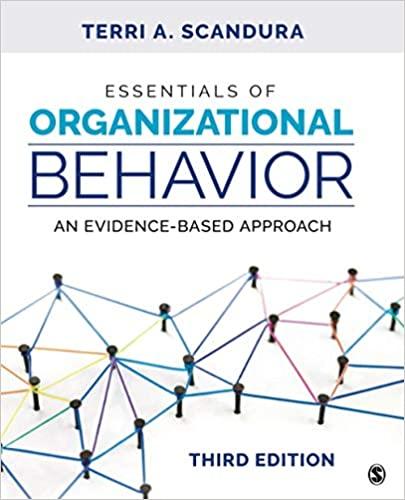The COVID-19 virus emerged in December 2019 and rapidly spread to all parts of the world. Community
Question:
The COVID-19 virus emerged in December 2019 and rapidly spread to all parts of the world. Community transmission of COVID-19 was first detected in the United States in February 2020. By mid-March, all 50 states, the District of Columbia, New York City, and four U.S. territories had reported cases of COVID-19. State and local governments at the direction of the U.S. Surgeon General issued non-pharmaceutical public health interventions (NPIs) to mitigate the spread of COVID-19. NPIs can be important in decreasing peak mortality and cumulative mortality. States and cities imposed a number of NPIs to enhance social distancing with the aim of mitigating the spread of the virus. Citizens were advised to “shelter at home,” avoid large gatherings, and wear face masks. Restaurants, hotels, and cruise lines ceased operation. Even Disneyland and Disneyworld were closed on March 16. The shutdown resulted in millions of U.S. employees being laid off and serious consequences for small businesses. Many major retailers such as J. C. Penney filed for bankruptcy. The key trade-off was between public health and the economy. By mid-May, the aggressive NPIs gradually seemed to “flatten the curve” of new cases and deaths from the virus. They helped hospitals avoid being overwhelmed with new cases and lack of enough personal protection for health workers and ventilators for the most serious cases. Even before their states or cities issued the directive to shelter at home without policy, many people watched the news and began “social distancing.” As some areas of the country started reopening, many people chose to stay at home and continue social distancing. However long it lasts, the pandemic may have long-term effects on the economy due to people not being willing to risk being infected by going back to work, changes in consumer confidence, stress on the financial system, and lower investment....
Discussion Questions
1. Do you think that the governments were justified in issuing stay-at-home orders? Support your position.
2. Explain how open you are to another point of view on this situation. Can you take the perspective of the other person? Can you empathize with them? Explain why or why not.
3. Take the opposite position to your point of view and write a paragraph explaining it. For example, if you think the economy should have remained open, write a statement that supports the stayat-home orders.
4. Think about the other alternatives to conflict—compromise and collaboration— that don’t involve one side losing and the other winning. In situations like the one in the case study, is it possible for both sides to come to a compromise or collaboration? Why or why not?
Step by Step Answer:

Essentials Of Organizational Behavior An Evidence-Based Approach
ISBN: 9781544396781
3rd Edition
Authors: Terri A. Scandura





